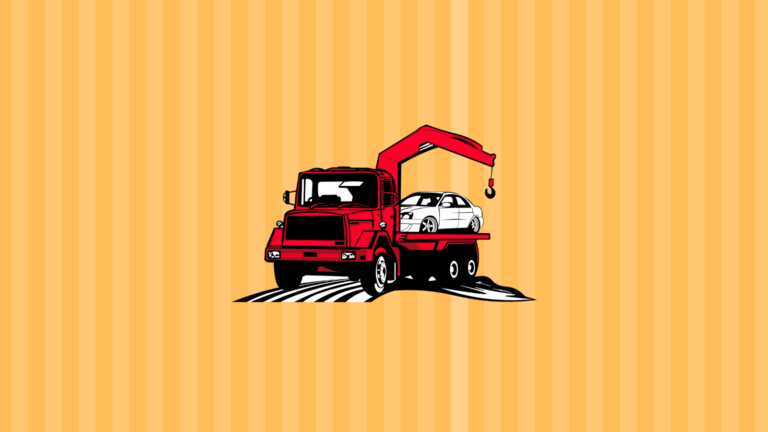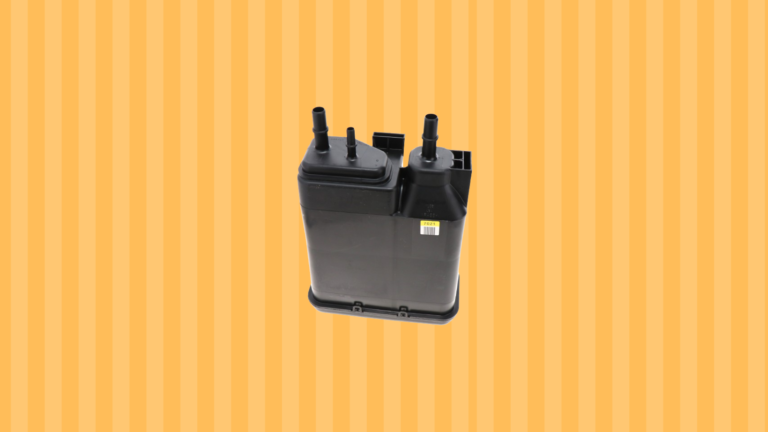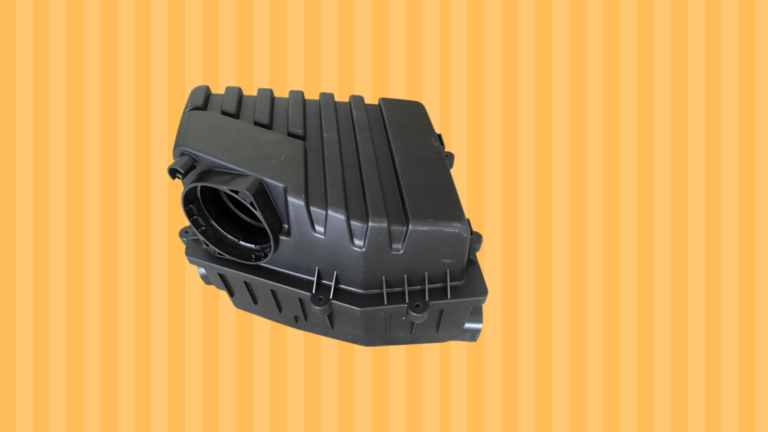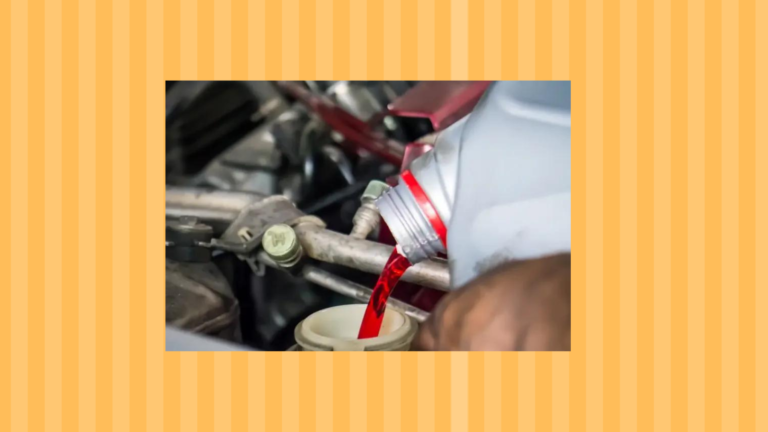What Causes a Throttle Body to Go Bad [5 Major Reasons]
The throttle body governs airflow into engines, influencing speed and output. This component houses a valve responding to accelerator input, modulating air intake. Advanced models incorporate electronic management, enabling features like cruise control.
Several factors can cause a throttle body to go bad, including carbon buildup, electrical issues, and mechanical wear over time.
What Causes a Throttle Body to Go Bad
Carbon Accumulation
Residue buildup plagues throttle bodies. Airborne particulates from combustion adhere to internal surfaces, forming layers that impede function. This coating restricts valve movement and narrows air passages.
Urban driving accelerates deposit formation. Frequent cold starts and brief trips prevent optimal engine temperatures, fostering incomplete fuel burning. Some automakers suggest cleaning intervals of 30,000 to 60,000 miles.
Neglected maintenance often necessitates professional intervention. Technicians employ specialized solvents and tools to restore proper operation without damaging sensitive components.
Circuit Anomalies
Electronic throttle controls rely on precise sensor data. The throttle position sensor tracks valve angles, informing the engine management system. Inaccurate readings disrupt fuel delivery and spark timing.
Idle speed regulation depends on a separate valve. Malfunctions here manifest as unstable engine speeds at rest or difficulty maintaining combustion when stationary.
Wiring degradation, connector corrosion, or sensor failure can trigger these issues. Diagnostic equipment aids in pinpointing faults by interpreting error codes and measuring circuit integrity.
Structural Fatigue
Repeated cycling strains throttle body components. Shaft bearings develop slack, compromising valve seating. Gaskets lose elasticity, allowing air intrusion past designated pathways.
These issues compound over time, often evading early detection. Subtle performance changes may precede noticeable symptoms. Experienced technicians can identify wear patterns during routine inspections.
Vacuum leaks from deteriorated seals introduce unmetered air, skewing mixture ratios. This can induce hesitation, erratic idling, and diminished efficiency. Locating such leaks often requires methodical testing, as onboard diagnostics may not flag minor air intrusions.
High-mileage vehicles face elevated risks of mechanical decline. Proactive maintenance, including periodic cleaning and seal replacement, can extend throttle body longevity.
How Can You Tell if the Throttle Body is Bad
Identifying a faulty throttle body requires attention to various vehicle behaviors. Here are a few symptoms you can check if the throttle body is bad:
Check Engine Light Illumination
The vehicle’s onboard diagnostic system often detects throttle body issues before they become severe. When the check engine light activates, it may indicate sensor malfunctions or performance discrepancies related to the throttle body.
Using an OBD-II scanner can reveal specific error codes. Codes such as P0121, P0122, or P0123 typically relate to throttle position sensor problems. Meanwhile, codes like P0505 or P0506 might suggest issues with idle control, another function of the throttle body system.
Rough or Irregular Idle
A malfunctioning throttle body often manifests as unstable engine behavior at idle. This symptom occurs due to inconsistent airflow into the engine, causing fluctuations in the combustion process.
You may notice the engine RPM wavering or the vehicle vibrating while stationary. In severe cases, the engine might stall unexpectedly when the vehicle is not in motion. These irregularities stem from the throttle body’s inability to maintain a steady airflow at low engine speeds.
Poor or Inconsistent Acceleration
Acceleration issues frequently accompany throttle body problems. As the component struggles to regulate airflow accurately, the engine receives inconsistent air-fuel mixtures, leading to hesitation or surging during acceleration.
Drivers might experience a lack of power when pressing the accelerator or notice the vehicle jerking as it tries to increase speed. In some instances, the car may accelerate on its own without driver input, a dangerous situation caused by a stuck throttle plate.
Decreased Fuel Efficiency
A deteriorating throttle body can significantly impact fuel economy. When the throttle plate fails to seal properly or becomes stuck, excess air enters the engine, disrupting the ideal air-fuel ratio.
This imbalance often results in the engine control unit (ECU) compensating by injecting more fuel, leading to increased consumption. Drivers may notice more frequent refueling or a decrease in miles per gallon compared to the vehicle’s normal performance.
Frequently Asked Questions
How often should I clean my throttle body?
Most manufacturers recommend cleaning the throttle body every 30,000 to 60,000 miles. This interval varies based on driving conditions and vehicle model. Check your owner’s manual for specific guidance.
Can I drive with a bad throttle body?
Driving with a malfunctioning throttle body is not advisable. This practice leads to unpredictable vehicle behavior, poor fuel economy, and potential engine damage.
Have your vehicle inspected by a qualified mechanic if you suspect throttle body issues.
What’s the average cost to replace a throttle body?
Replacement costs vary widely depending on vehicle make, model, and labor rates. Expect to pay between $200 to $600 for parts and labor. Luxury or high-performance vehicles may incur higher costs.
Some issues can be resolved with cleaning or sensor replacement, offering less expensive alternatives to full replacement.
Can throttle body problems be prevented?
You can reduce the risk of premature failure, though some wear is inevitable. Use high-quality fuel, perform regular maintenance, and limit prolonged idling. Address check engine lights promptly to catch minor issues early.

My name is Ari, and I’m the owner and copywriter at Tailored Niche and Nichesites.online. I specialize in creating high-quality, niche-focused content that helps businesses stand out online.
I deliver content that connects with your audience and gets real results.




